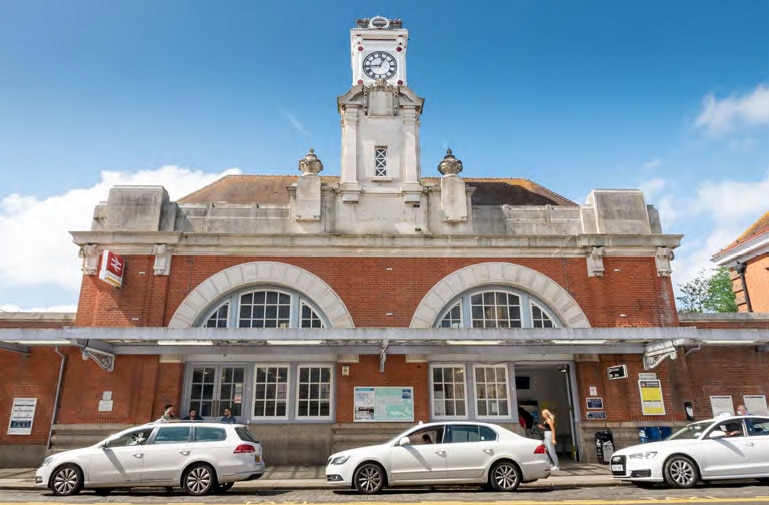The cost of a season ticket from the town’s main railway station increased by more than £200 last week as the government’s annual rail fare rise was introduced – the largest yearly hike in the cost of commuting for nearly a decade.
While fares are set by train companies, rises are capped using the government’s Retail Price Index (RPI) from last July, which saw fares increase by 3.8 per cent this month – the biggest increase since 2013.
The record hike means a standard annual season ticket into London from Tunbridge Wells will rise by £202, from £5,046 to £5,248.
Those commuters that also use the Tube to commute within London can now expect to pay £6,145 up from £6,032.
However, the actual cost of getting into London is more than just the price on the front of a ticket.
Analysis by the Times shows that when tax and National Insurance (NI) – which is set to rise on April 1 – are taken into account, some commuters will need to earn £10,000 a year just to get to work.
For basic rate taxpayers, the increased cost means they will have to earn £7,891 just to cover the cost of a season ticket, rising to £9,048 for higher rate taxpayers.
For travellers needing to use the Tube, a season ticket from Tunbridge Wells to London stations including Travelcard Zones 1-6 now sets you back £6,145, meaning the gross cost when tax and NI is taken into account is £9,070. Higher rate payers now have to fork out £10,400.
To put the figures into perspective, the annual median income in the UK is £30,800, which means somebody on an average salary commuting from Tunbridge Wells to London will need to work for 15 weeks just to pay for their season ticket.
The fare increase comes as the rail network is recovering from an 80 per cent fall in commuter numbers caused by the pandemic.
As revealed in the Times last year, the Covid crisis saw 2.8 million fewer journeys taken at the town’s main station in 2020/2021 alone, with the number of exits and entrances at the station falling from 3.2million a year to less than 800,000 – around 80 per cent of usual levels.
‘This alarming rise comes at the worst possible time for passengers’
And across the borough, more than 3,740 season ticket holders shied away from the rail network completely.
John Morton, Chairman of the Tonbridge Line Commuters, who campaign for a better rail service on the Hastings to London line that runs through Tonbridge and Tunbridge Wells, said the increase will do little to encourage people back to the rail network.
He told the Times: “This alarming rise of 3.8 per cent to most fares comes at the worst possible time for passengers, squeezed as they are by the cost of living crisis.
“The worst affected will be those key workers who are obliged to travel every day and who can least afford the rise.
“Others will vote with their feet and choose to continue working at home rather than return to the office.
“This will only serve to starve the railway of the revenue it so badly needs, and stifle the economy of London and other large cities.
“Coupled with continued failure to provide a good value fares option for people commuting part-time, this extortionate rise is a counter-productive and short-sighted move.”
A Department for Transport (DfT) spokesman said it has ‘protected passengers’ by delaying the fares rise until two months later than normal, and setting a cap which is ‘well below current inflation rates’.
Latest figures show RPI in January was 7.8 per cent.
The DfT spokesman added: “We must now look to recoup some of the £14billion which was spent to keep vital services running throughout the pandemic in a way that is fair for all taxpayers.
“By striking this balance, we will be able to encourage people back on to trains whilst funding the necessary improvements and unprecedented investment that will benefit all those who use our railways.”








